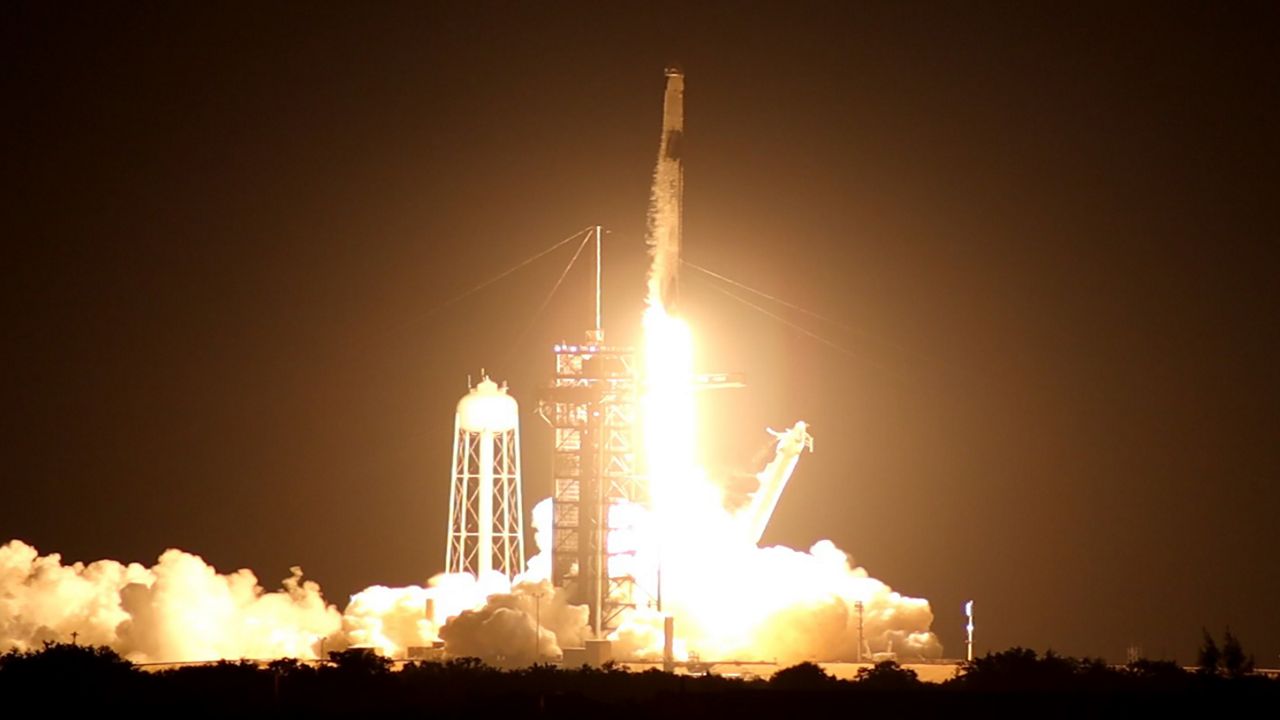The next NASA-SpaceX crewed mission to the International Space Station, scheduled for later this month, is taking on a true international theme.
What You Need To Know
- The cost of operating the International Space Station each year is $3 billion
- The ISS has hosted 240 people from 19 countries in the 20 years is has been in orbit
- Next NASA-SpaceX mission from Florida to ISS scheduled to happen later this month
- PREVIOUSLY: 4 Astronauts Lift Off From KSC on NASA's 1st Commercial Crew Mission to ISS
Global partnerships, and work being done in orbit, is setting the tone for future human missions to deep space.
It takes $3 billion to operate the International Space Station each year.
Dr. Don Platt, an associate professor of space systems at the Florida Institute of Technology in Melbourne, Florida, says that's why sharing the expense among many nations is key.
"If you can have multiple groups involved in it, not only does it help multiple nations become involved in space, it spreads the cost around a little bit, too," Platt said.
The unique micro-gravity environment has hosted 240 people from 19 countries in its 20 years of existence.
Astronauts have worked on some 3,000 research projects and investigations from educators from 108 countries.
Crew-2 is taking on an international flair itself. Two NASA astronauts, a Japan Aerospace Exploration Agency astronaut, and a European Space Agency astronaut are suited up to head to the orbiting outpost no earlier than April 22.
Once there, they will join seven crew members: four Americans, two Russians, and another JAXA astronaut.
Platt says the extra manpower means more hands to perform more science.
"There's an extra crew member that can help out with things, and when we get to the ISS, there are more helping hands for the experiments that will take place," he said.
All of the work taking place on the orbiting outpost through the international partnerships paves the way for future deep space exploration to the moon, Mars and beyond, including the next crewed launch from Florida's Space Coast.
"The inspiration level is very important for human space exploration and what it generates," Platt said.









